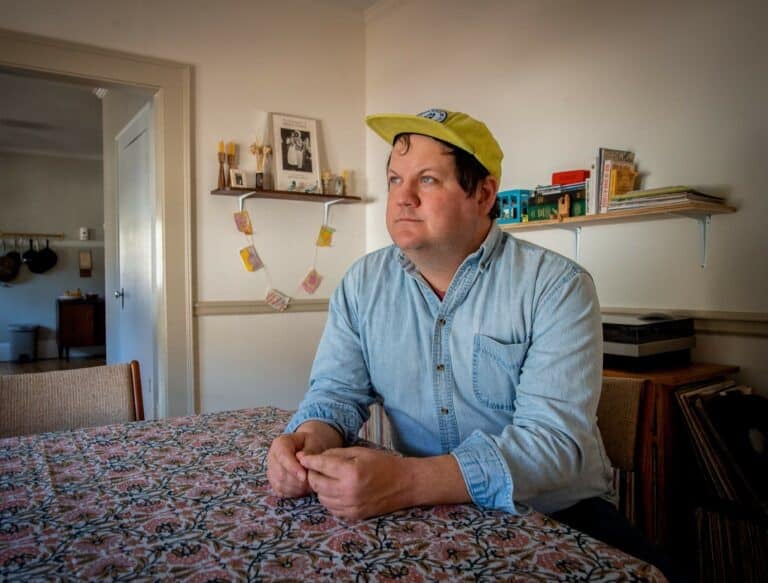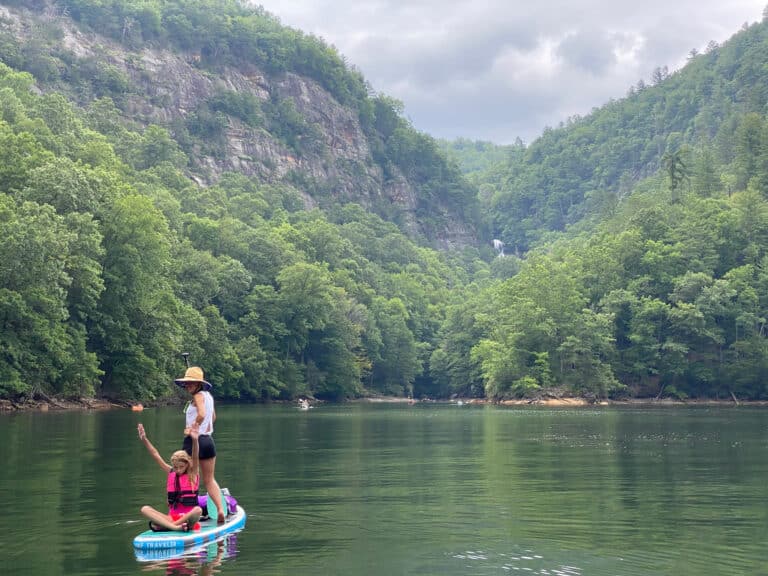
Holt Webb is living in the past. The Georgia-based photographer is traveling across the country looking for disappearing landscapes, decaying buildings, and forgotten cultural relics. Since 2007, Webb has been driving to remote corners of the U.S. in a veggie oil-powered RV and Land Rover visiting cultural and environmental sites that are on the brink of extinction. BRO talked with Webb about what’s vanishing from the Southern landscape and the nearsightedness of a society that favors progress over heritage.

Why focus on what America is losing?
I grew up in Alpharetta, Georgia. In the mid-1970s, when I was a kid, it was wild country. We used to ride bikes on trails, fish creeks, and camp out. Everything started to change when I was a teenager. I saw all those trails get developed into condos and houses. It had a big impact on me. I figured I’d better get out to see the country before it all changes. So I bought a piece-of-crap-mobile home and started traveling off of whatever savings I had, gradually working on a body of imagery.
You’ve spent some time in the Okefenokee recently. What’s happening in the swamp?
Drought and development are having significant impacts on the swamp. Development along the St. Mary’s River is polluting the swamp downstream. I recently met a 90-year-old who was the last member of his family to be born on Billy’s Island in the swamp. He’s still bitter about the feds forcing the residents off their land to establish the refuge.

What are your thoughts on Corridor K, the proposed four-lane highway through Ocoee Gorge in Tennessee?
Whether or not the highway ever is built, it’s obvious that the Ocoee, which used to be a quiet, out-of-the-way retreat, is becoming a major destination. That’s good in some ways, as it brings more money into the region’s economy, but it’s bad in other ways, as the natural beauty and solitude of the area will be compromised. It’s happening all over the country, and as long as our population continues to increase, we will always require new spaces for people to live and work—at the expense of untouched wilderness.
You seem to be documenting two extremes: vanishing wilderness as well as abandoned developments.
We are all saddened when we lose something that had a positive impact in our lives. Whether it’s the undisturbed vista from your favorite mountaintop or the drive-in theater where you had your first kiss, everything has some sentimental value. And when something that important is lost, we lose a small part of ourselves with it. So I try to show how beautiful these subjects can be, and how sad it is when they are gone, in hopes that others will take the time to appreciate and protect what is important to them. There are so many things we take for granted, and when they’re gone, there’s no getting them back.

Is there a central problem at the heart of this vanishing landscape?
It’s the same thing going on everywhere. More people need more places to live, so we keep expanding into undeveloped territories. And we don’t think very far into the future when we develop. We only think about progress and the bottom line. When I see a forest being cut down to make room for more houses, I wonder where all those animals are going to go. For example, a hunter in North Georgia shot a panther last year. The Georgia Fish and Game ignored him initially because there aren’t supposed to be any panthers left in the state. But DNA tests showed that he had actually shot an endangered Florida panther that had migrated north.
Is there one place you’ve seen that’s moved you the most so far?
I have an affinity for abandoned towns. I’m not sure why. Seeing empty buildings and deserted streets sparks my imagination.

Where do you go next?
I’m heading back down to South Georgia in November to document a family who still makes cane syrup the old-fashioned way. I’m revisiting Fernandina Beach, Florida, to get portraits of shrimpers. I’m also planning a two-week canoe trip through the heart of the Okefenokee Swamp as well as a flyover of mountaintop removal mining sites in Appalachia. •










